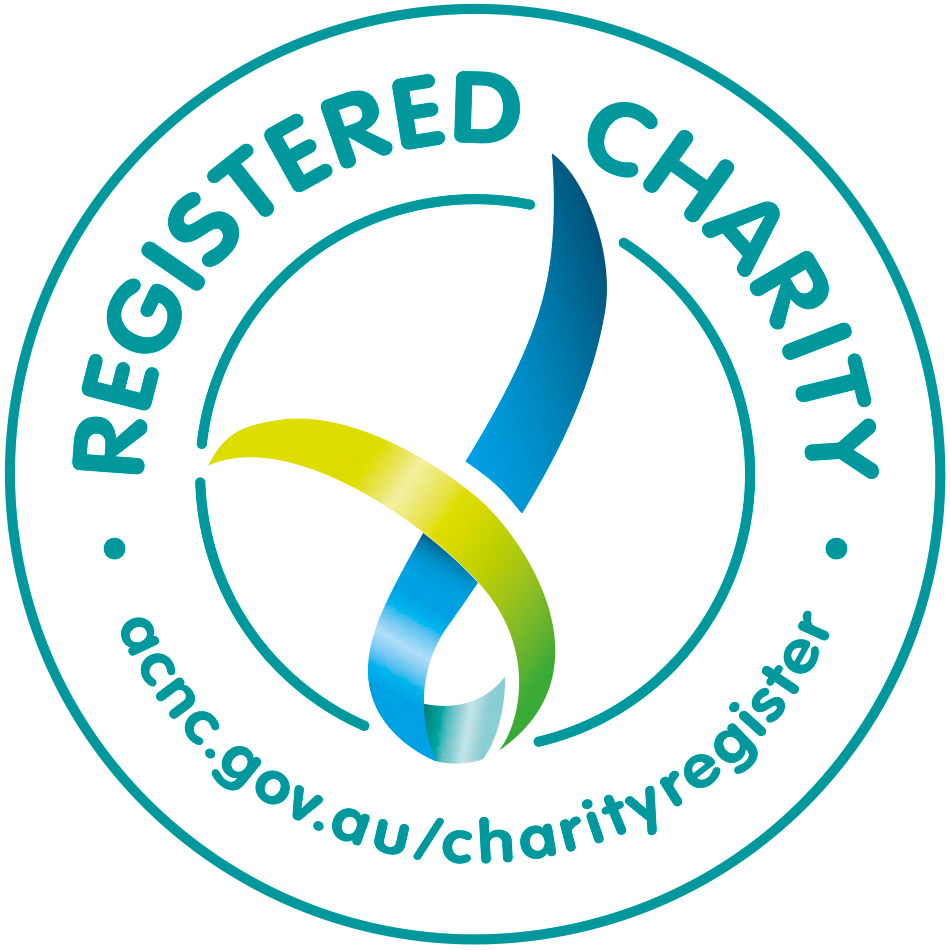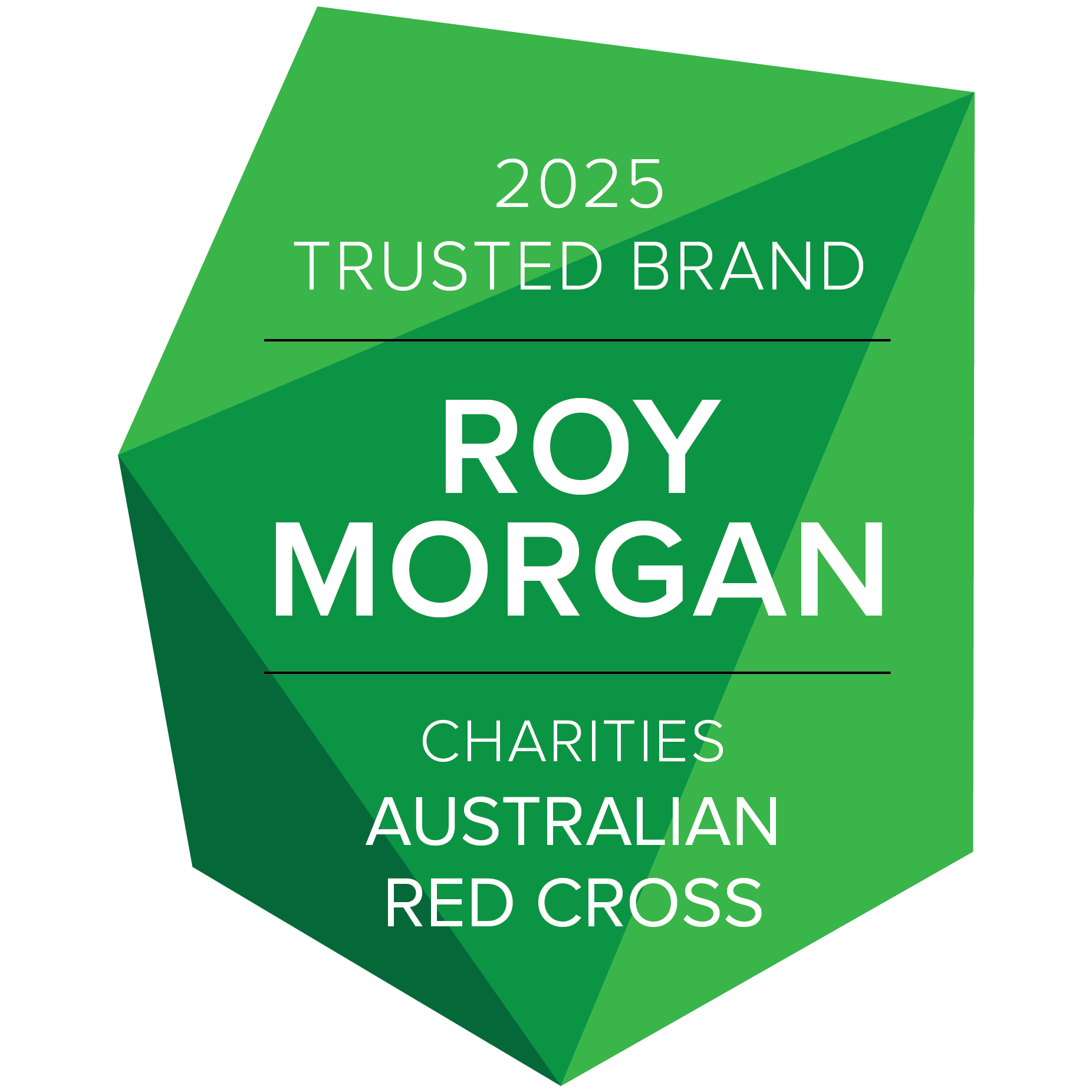
Our Baby and Children First Aid online course turns parents into lifesavers. You can book now to gain the knowledge and confidence to deliver first aid in all kinds of emergency situations. In the meantime, here’s a summary of the key lifesaving tips that all parents need to know.
Where to start?
The first few minutes in a life-threatening situation are critical. Your actions can make a big difference. You can get started with memorising a basic life support action plan such as: DRSABCD.
Danger, Response, Send, Airway, Breathing, CPR, Defibrillation
Danger
Check for danger to you, any bystanders and then the injured or ill child before going to their assistance.
Response
Check for a response by talking to them, touching their hand or squeezing their shoulder.
Send for help
Call 000, answer the operator’s questions and follow their instructions.
Airway
Look and clear any obstructions then open their airway.
Breathing
Check for normal breathing by looking for chest movement, listening for sound of breathing and feeling for air movement around their mouth and nose.
CPR
If the child is not breathing normally commence CPR, give 30 compressions (at the rate of 100 - 120 compressions per minute) followed by 2 breaths (or 2 puffs for infants). This should equal approximately 5 cycles (30:2) in 2 minutes.
Defibrillation
When a child is unconscious and not breathing, apply an automated external defibrillator (AED) if available. These devices are very simple to operate and can be used with or without training – simply follow the instructions and pictures on the machine and pads, plus the voice prompts.
Once you’ve assessed the unconscious child or infant is breathing, place them in the recovery position (on their side) to protect their airways. Monitor them closely until the paramedics arrive.

